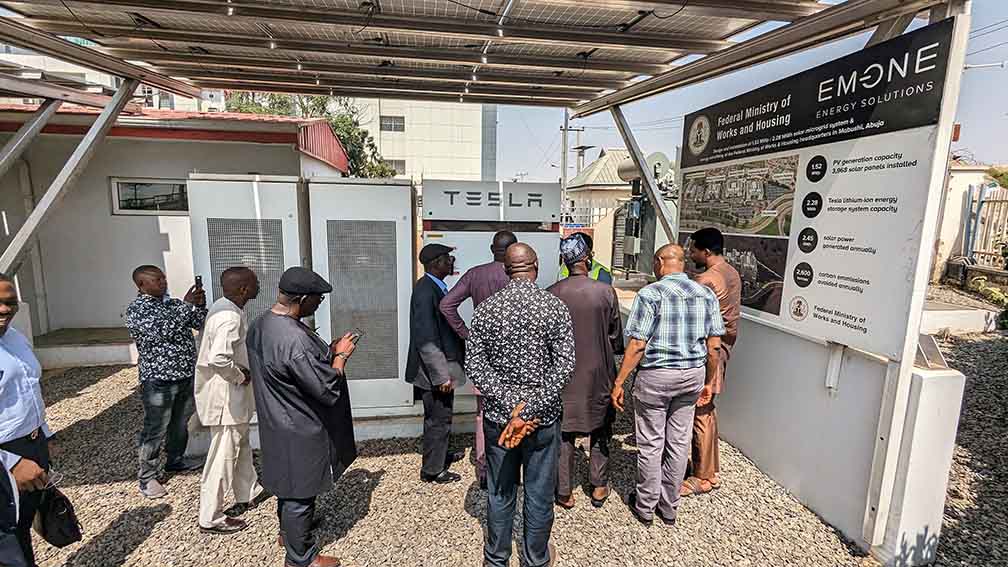What is the Energy Transition Plan?
In 2021, Nigeria’s Energy Transition Plan (ETP) was created with COP26 support, prompting Nigeria’s net-zero commitment by 2060. The plan has government approval and presents a $23 billion opportunity for supporting financiers and partners.
What about fossil fuels?
The plan maps a pathway to reduce Nigeria’s dependence on fossil fuels, emphasizing renewable energy. The plan aims for net-zero emissions by 2060 and proposes gas commercialization until 2030, then a gradual fossil fuel phase-out.
What about the environment?
The plan aims to reduce Nigeria’s greenhouse gas emissions and improve air quality. It estimates that the transition could reduce Nigeria’s greenhouse gas emissions by up to 45% by 2030 and up to 90% by 2050.

What are the economic benefits of this plan?
The plan is expected to create significant economic opportunities and job creation across various sectors of the economy, including renewable energy, energy efficiency, and electric vehicles. These is a possibility that 5 million new jobs could be created by 2030.
How much will this cost?
Estimates are that US$1.9 trillion will be invested in the sector by a full transition in 2060. This includes initiatives to support developing sectors like electric mobility, green hydrogen, and capacity building for the creation of new markets.
What needs to happen legally?
There is a need for policy and regulatory change mainly aimed at creating a conducive environment for businesses to invest in energy transition. There is also a need for significant capacity building and skill development to support roll out and growth of new technologies.

What challenges does the ETP face?
There are three main areas of challenge: funding, infrastructure, and skills development. Nigeria’s energy transition faces funding hurdles, needing $1.9 trillion. Policy reforms are vital, along with addressing infrastructure issues like poor power systems. Capacity building for new technologies is also crucial, necessitating investments in education and training.














